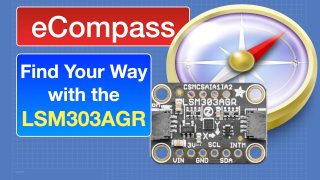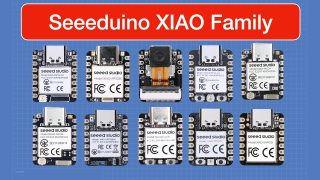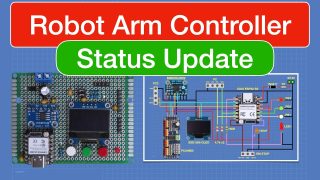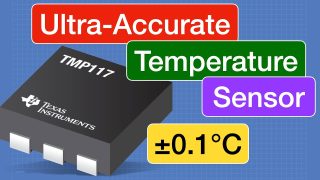Troubleshooting – What to do when it won't work!
It happens to everyone – you build a project, turn it on and it doesn’t work! Today I’ll go over the art of Troubleshooting – what to do when it just won’t work.
More projects and tutorials at https://dronebotworkshop.com/
Get involved on the Forum at https://forum.dronebotworkshop.com/
Join the newsletter and keep in touch – https://dbot.ws/dbnews
Suggest NEW content for this channel at – https://dbot.ws/new
Picture this: You see a project on a video or article (perhaps one of mine), get the parts together, wire it up, download the code and apply power – and nothing happens! Or maybe something happens, but not what you were expecting.
What do you do now?
Well, the first thing that you DON’T do is panic! And screaming, cursing or throwing your project on the floor and jumping up and down on it won’t really accomplish anything.
What you need to do is troubleshoot. Find out what works, what doesn’t work and use those tests to determine what the real problem is. And then, of course, you fix it.
I’ve received lots of emails and comments on the website from folks who are having trouble getting things to work. And, many times, when I ask for more details it becomes obvious that they haven’t gone through the basic troubleshooting steps.
Projects based upon microcontrollers like Arduino’s or microcomputers like the Raspberry Pi can sometimes be difficult to troubleshoot because they use both hardware and software. In many cases, it isn’t immediately obvious if it’s a software or hardware issue that you are dealing with. But, by using a systematic approach to troubleshooting you can quickly narrow the problem down and resolve it.
In order to demonstrate these techniques, I’m going to build a project. And then I’m going to break it! Just to see how we can fix it.
Here is what we are going to cover today:
Troubleshooting Principles – 3:54
Test Circuit wiring & code – 8:16
Test Circuit Flowchart – 14:19
Problem 1 – 16:15
Problem 2 – 34:24
Other situations – 46:54
Now if you think that you’ll need expensive test equipment you’re wrong, all you really need is a simple multimeter. I’ll also show you another piece of inexpensive test equip[ment that you can use to work with logic circuits, but it’s optional.
Hopefully, this video will help you stay out of trouble!
source











